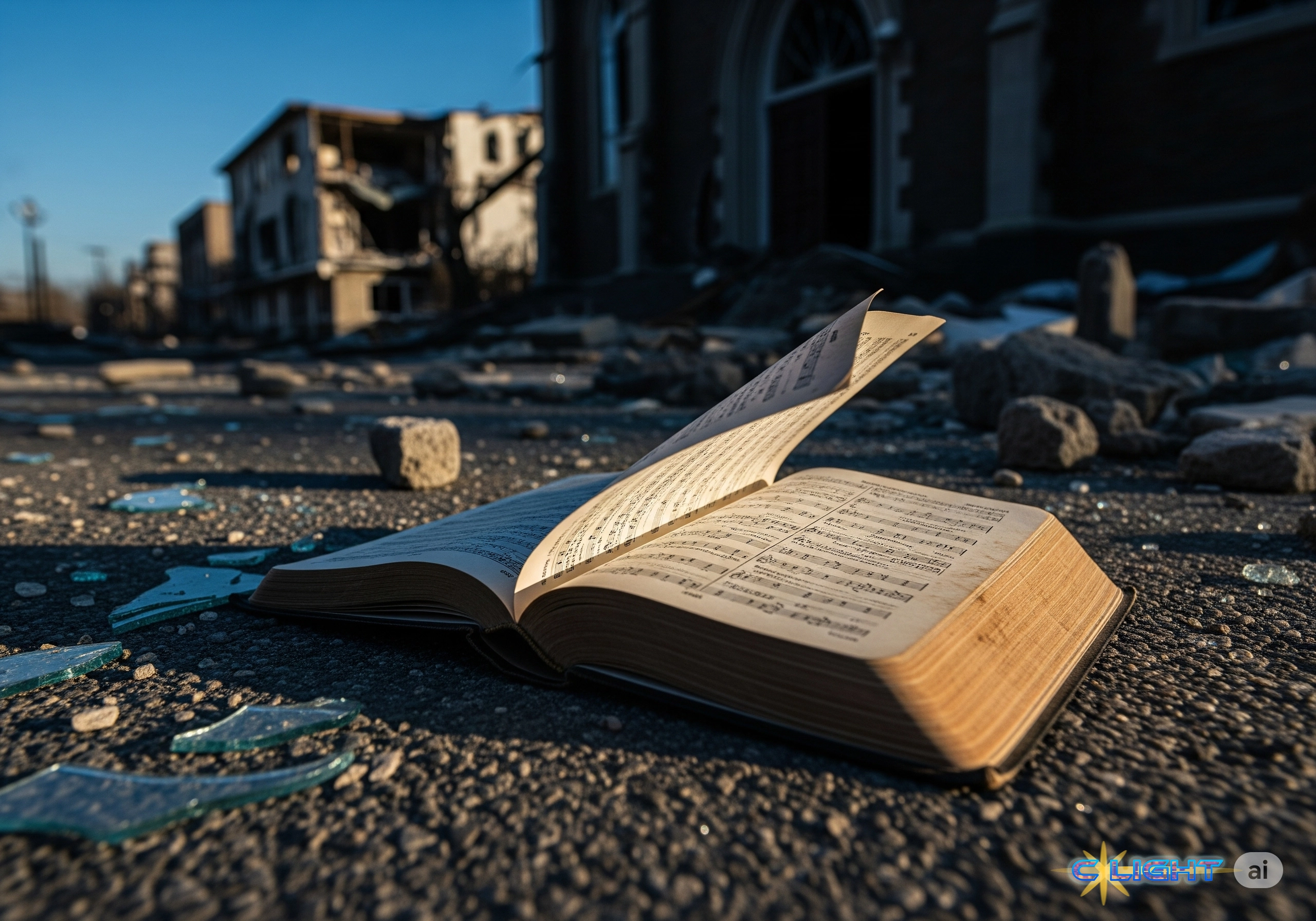“We have never held a knife in our lives. All we ever carried were our prayers.” These were the words of Issam Nasr, a survivor of the suicide bombing at the Mar Elias Greek Orthodox Church in Damascus. His sentiment, a heartbreaking testament to the innocence of those gathered for Sunday service, was shattered by gunfire and an explosive vest that ripped through the sanctuary, killing 22 people and wounding more than 60 others. This horrific act, however, was not merely an isolated tragedy. It was a grim affirmation of a deeper, more venomous truth: hate in the region is an eternal hydra. The removal of one tyrannical head, Bashar al-Assad, did not bring peace but merely created the vacuum for another to rise in its place. The bombing of a peaceful church is the latest movement in a “deadly dance” of ancient hatreds, a rhythm kept by those who fear and despise a different version of the same deity.
The fall of the Assad regime in December, while celebrated by many as the end of a brutal dictatorship, was simply the decapitation of one of the hydra’s many heads. It left behind a power vacuum that a defeated but not eliminated Islamic State was poised to exploit. As detailed in multiple reports, the resurgent terrorist group armed itself with weaponry abandoned by Assad’s fleeing army and began a new campaign of terror. The new government’s attempts at moderation and its diplomatic engagement with the West became a twisted recruitment tool for ISIS, which used images of President Ahmed al-Sharaa meeting with world leaders to paint him as a traitor to the jihadist cause. The attack on the Mar Elias church was, therefore, a strategic act of terror, designed to sow chaos and undermine the fragile new state.
The new government finds itself on a knife’s edge, battling multiple heads of the same monster. On one hand, it makes public overtures of tolerance, with President al-Sharaa promising to protect minorities and his Christian Social Affairs Minister, Hind Kabawat, personally visiting the bereaved clergy. On the other hand, the administration is fighting for its life, struggling to unify a nation of militias and fending off attacks from multiple fronts. In a telling statement, the Interior Ministry blamed the church attack not only on ISIS but also on “remaining members of the ousted Assad government,” a stark admission that they are fighting both radical extremists and loyalists of the old regime. The successful bombing of a church in a supposedly secure Christian quarter was a tragic illustration of the state’s profound fragility.

This complex political reality, however, masks a simpler, more absurd truth. At its core, this is a violent squabble over faith. The attack is the latest movement in a deadly, sectarian dance. In a turn of bitter irony, the new government, itself born from the Islamist HTS rebel group, is now tasked with protecting a Christian minority from a more radical Islamist faction. It is a conflict of interpretations, a deadly argument over the nature of God that, if it were between children, would result in nothing more than a timeout. Here, it results in carnage.
And so, we are left to ask, alongside the survivors armed only with their prayers, how many times must this happen? The bombing of the Mar Elias Church provides a bleak and visceral answer to what happens when one head of the hydra is removed. Another, just as venomous, grows in its place. In a world where ancient hatreds maintain their maraca-like rhythm for a deadly dance, we are left to wonder how many more innocent people must be sacrificed before the music finally stops.
Discover more from Clight Morning Analysis
Subscribe to get the latest posts sent to your email.










